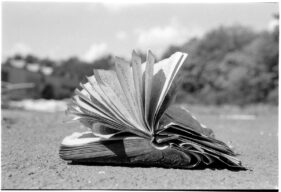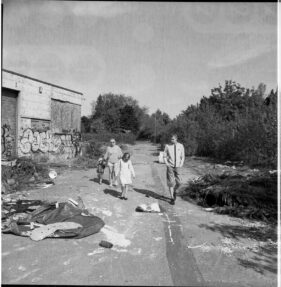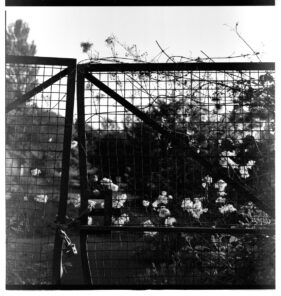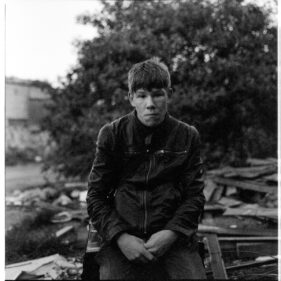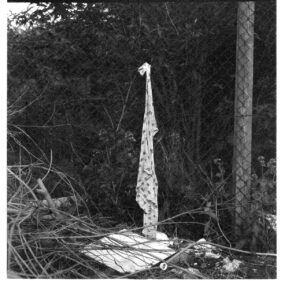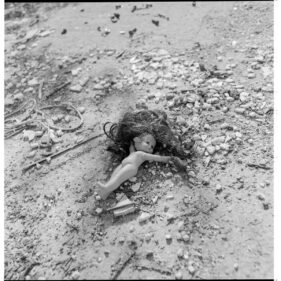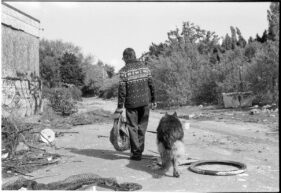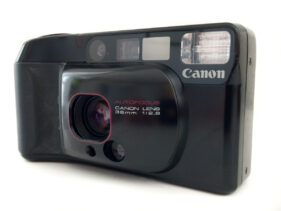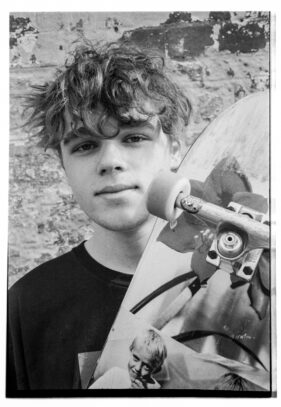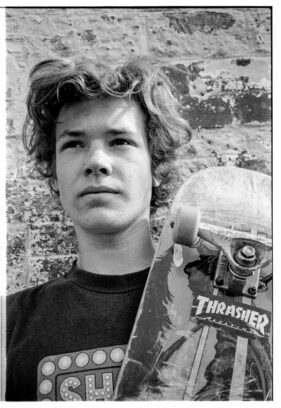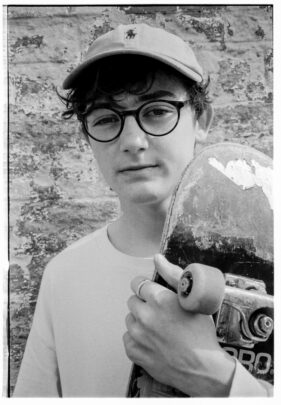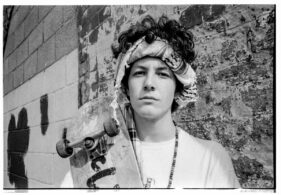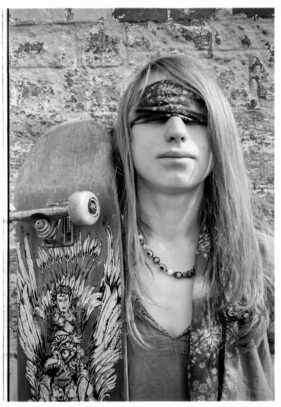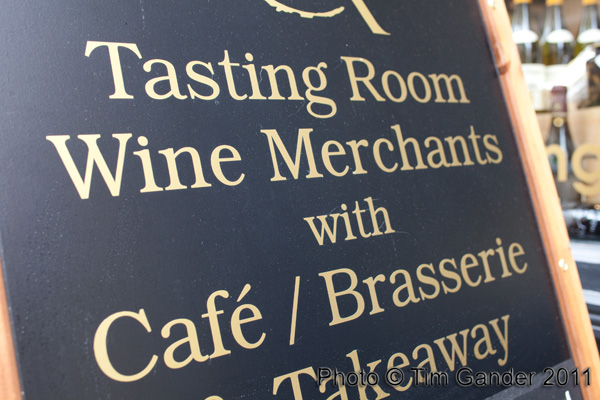I’m meant to use this blog to talk about nothing but corporate photography, hitting those all-important keywords, shoehorning them into sentences until Google says “I get it, you’re a corporate photographer shooting portraits and other corporate communications images for businesses who care about the quality of their image and the values it conveys, so we’ll put you at the top of the listings whenever we think you’re what the client is looking for.”
Thanks Google, you’re doing a grand job and I should apologise that I don’t always make it easy for you by writing instead about magazines I like, exhibitions I’ve launched (actually, singular exhibition, but hey I’ll keep working on that), or my return to shooting film as a way of working out new ideas and pursuing my passion for telling the stories of ordinary people.
And this week I’m not making it any easier as once again I’m on the subject of film.
My return to film has been a bit stop/start but it continues. More recently I’ve been working with expired film, that is stock which is well past its use-by date. Yes, film has a use-by date because the light-sensitive chemicals which react to light start to break down.
However, I managed to source a large, mixed bag of film; 35mm, medium format, colour and black and white and I’ve been working my way through it with various trial projects and one project which has been fairly fruitful, that of a series of photos documenting the derelict site in Frome known as Saxonvale.
Saxonvale is an area of the town which has been left partially cleared for many years now while the various landowners and interested parties take their time working out how to make the most money from its redevelopment. You might say I’ve used derelict film to record a derelict site, recording not just the waste discarded there, but also sometimes the people who pass through or visit for their own reasons.
Some of the film stock I’ve used has been in such a poor state it barely rendered an image. One trip was wasted because the film was so utterly degraded it was blank when I processed it. All part of the project and a useful reminder to me that the film is the boss on this one.
In due course I’ll be updating my main website with some of these images, but in the meantime here’s a mini gallery to give you a flavour of the Saxonvale project. If you want to see more of it and some of the other film images I’ve shot lately, head over to my Instagram account where you’ll find me as @takeagander.

